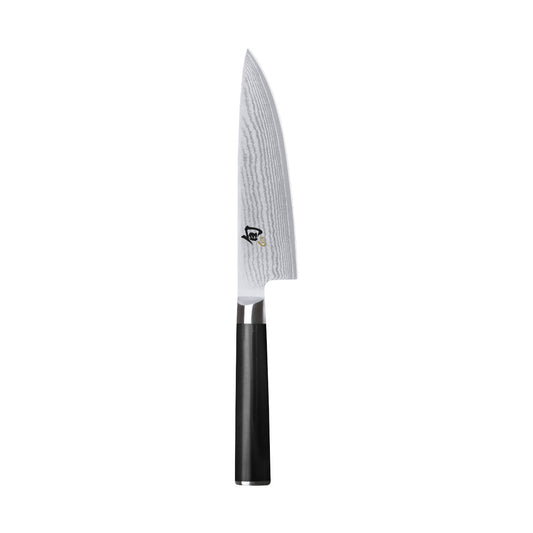Table of Contents
When it comes to kitchen knives, size truly does matter. The blade length of your knife can make all the difference in how efficiently and comfortably you can prepare your meals. Whether you're a home cook or a professional chef, choosing the right blade length is crucial for a seamless culinary experience. In this article, we'll explore the ins and outs of selecting the perfect knife blade length for your needs.

Lengths for the Ladies
Ladies, we understand that you might have smaller hands, which can make handling larger knives a bit of a challenge. That's why we recommend opting for knives with blade lengths ranging from 6 to 8 inches. These smaller blades are easy to manoeuvre and provide excellent control, allowing you to tackle delicate tasks like mincing herbs or slicing vegetables with ease. The santoku knife, with its versatile 5-7 inch blade, is a popular choice among home cooks, especially for those with petite hands.

Length for Home Cooks
If you're a home cook who loves experimenting with various recipes, a knife with a blade length between 8 and 10 inches should be your go-to choice. This size range offers the perfect balance of manoeuvrability and cutting power, making it ideal for everyday meal preparation. Whether you're chopping onions, slicing meat, or dicing potatoes, these knives will be your trusty companions in the kitchen.
One knife that stands out in this category is the nakiri knife, a Japanese-style vegetable knife with a blade length typically between 6 and 8 inches. Its straight edge and rectangular shape make it an excellent choice for precise slicing and dicing of fruits and veggies.

Length for Pros
Professional chefs and avid home cooks with larger workspaces often prefer knives with blade lengths ranging from 10 to 12 inches. These longer blades allow for efficient slicing and chopping motions, enabling you to tackle larger ingredients with ease. The chef's knife, with its iconic curved blade, is a staple in professional kitchens and a favourite among seasoned home cooks.
However, it's important to note that while longer blades offer increased cutting power, they may require more counter space and can be more challenging to manoeuvre, especially in compact kitchens.

Our Recommendations
When it comes to choosing the right knife blade length, personal preference and comfort should be the driving factors. Here are our recommendations:
- If you have smaller hands or a compact kitchen, opt for knives with blade lengths between 6 and 8 inches. The santoku knife is an excellent choice for its versatility and ease of use.
- For home cooks with average-sized hands and kitchens, knives with blade lengths ranging from 8 to 10 inches are ideal. Consider a nakiri knife for precise vegetable prep or a classic chef's knife for all-purpose tasks.
- Professional chefs and avid home cooks with larger workspaces may prefer knives with blade lengths between 10 and 12 inches for increased cutting power and efficiency.
Remember, the right knife blade length can make all the difference in your culinary endeavours. Take the time to consider your needs, hand size, and workspace, and don't be afraid to experiment until you find the perfect fit. With the right knife in hand, you'll be slicing, dicing, and chopping your way to culinary greatness in no time.
Shop our collection of Japanese Kitchen Knives in a variety of blade lengths suitable for your specific needs.
FAQ
Common questions answered





